When it comes to preventing and de-escalating challenging behavior in early childhood classrooms, meeting a child where they’re at can go a long, long way.
For example, Amy Alrawi, a Kindergarten teacher who works with English Language Learners, many of whom are neurodivergent, recently shared that several of the children in her class…
“....are easily triggered and trigger and traumatize others.” Amy says she started validating students’ feelings more consistently during moments of upset and after a month of doing so she reported that validating their feelings indeed helps children deescalate.
As an added bonus, Amy reports: “I feel much more confident!” YES, Amy!!! So great.
Just today one of our TCB Club members (we’ll call her “Emily”) shared this example of how simply listening and building on a child’s concern can avoid a tantrum or power struggle…
There’s a little guy in my class who’s been resisting diaper changes lately. He cries and screams when it’s his turn…he said he wanted “Spider-Man not the giraffes” on his diaper…I asked if I could draw Spider-Man on his diaper? …The diaper change was uneventful after that. The next day he asked for “a Spider-Man and a monster face” on his diaper. I don’t think it was my drawing that made him happy; he just wanted someone to listen and take his needs seriously #win
Such a beautiful, simple solution, Emily.
What’s one way you’ve met a child where they’re at and avoided or de-escalated a challenging behavior recently?
…what’s one way you might try something like what Amy or Emily did?
Let me know in the comments below.
Hope these examples help spark some ideas for you!

